
Over 200k rats are used for research purposes per year in the UK alone. Annex III of the EU Directive 2010/63 states a minimum size for housing cages for adult rats up to 600g of 800cm2 of floor space and 18cm in height. Some rats are housed in taller enclosures (26-30cm), which are strongly recommended to allow the rats to perform their full natural range of movements. As well as being limited in space, these cages do not allow rats to have a full sensory experience or perform motivated/natural behaviours.
Rats primarily interact with their environment through scent (olfaction), touch (tactile) and sound (auditory). Pheromones released from scent glands and present in their urine and faeces are used to communicate information such as health, kinship, readiness to breed as well as states of anxiety or distress. Rats use their whiskers much like we use our hands, purposefully using them to detect nearby objects and surfaces. Rats also communicate through ultrasonic vocalisations with 22kHz sounds being associated with a state of alarm or distress, while 50kHz sounds reflect a positive emotional state. Their vision is relatively poor, however, they are highly sensitive to motion and will startle in response to rapid or sudden movements.
Laboratory rats retain many of the behaviours of their wild ancestors and will readily present them if given the opportunity. The following behaviours are particularly important for rats:
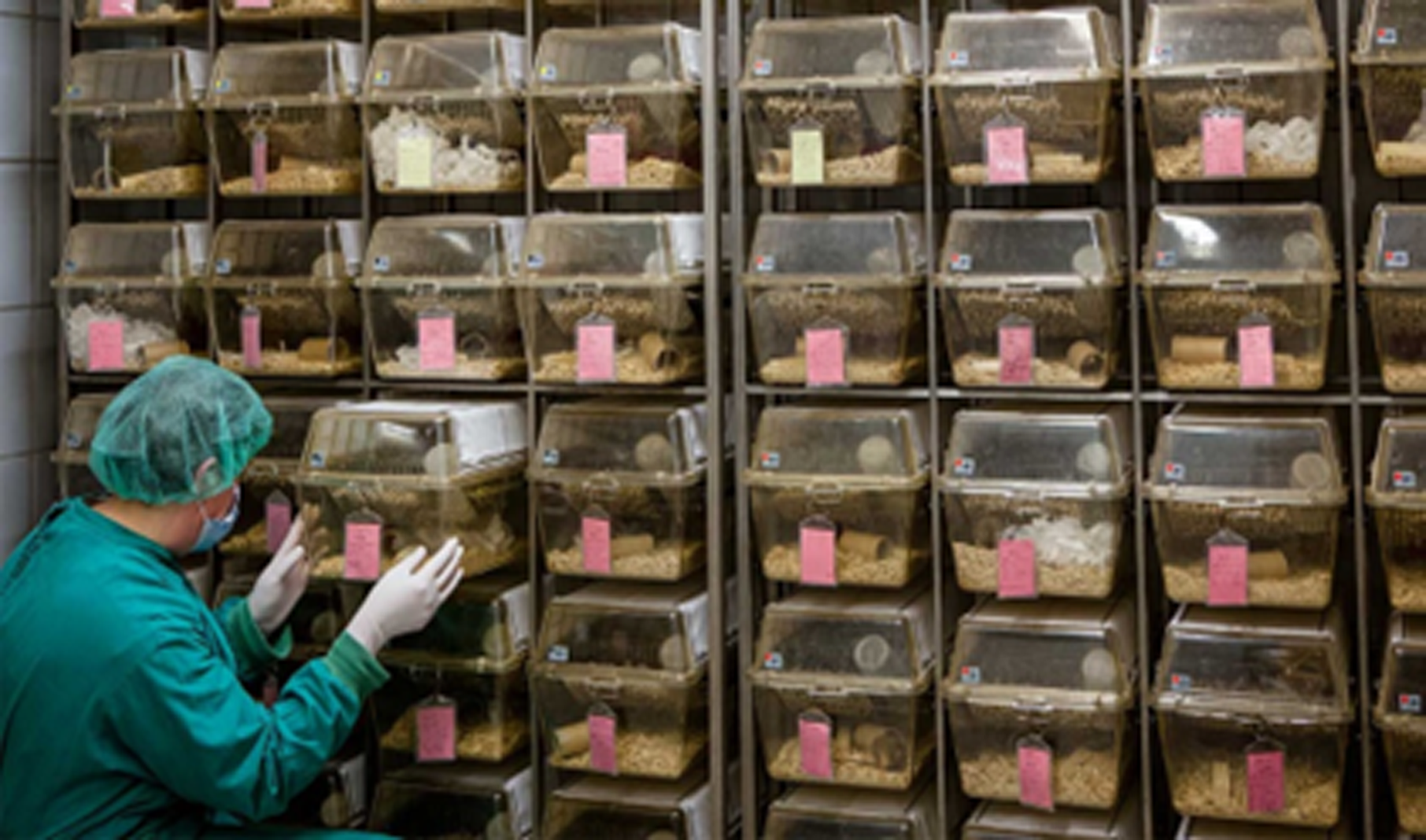

Farmers don’t want to use a robot hen -
but what could we offer to mitigate against feather pecking and to predict when outbreaks might occur?
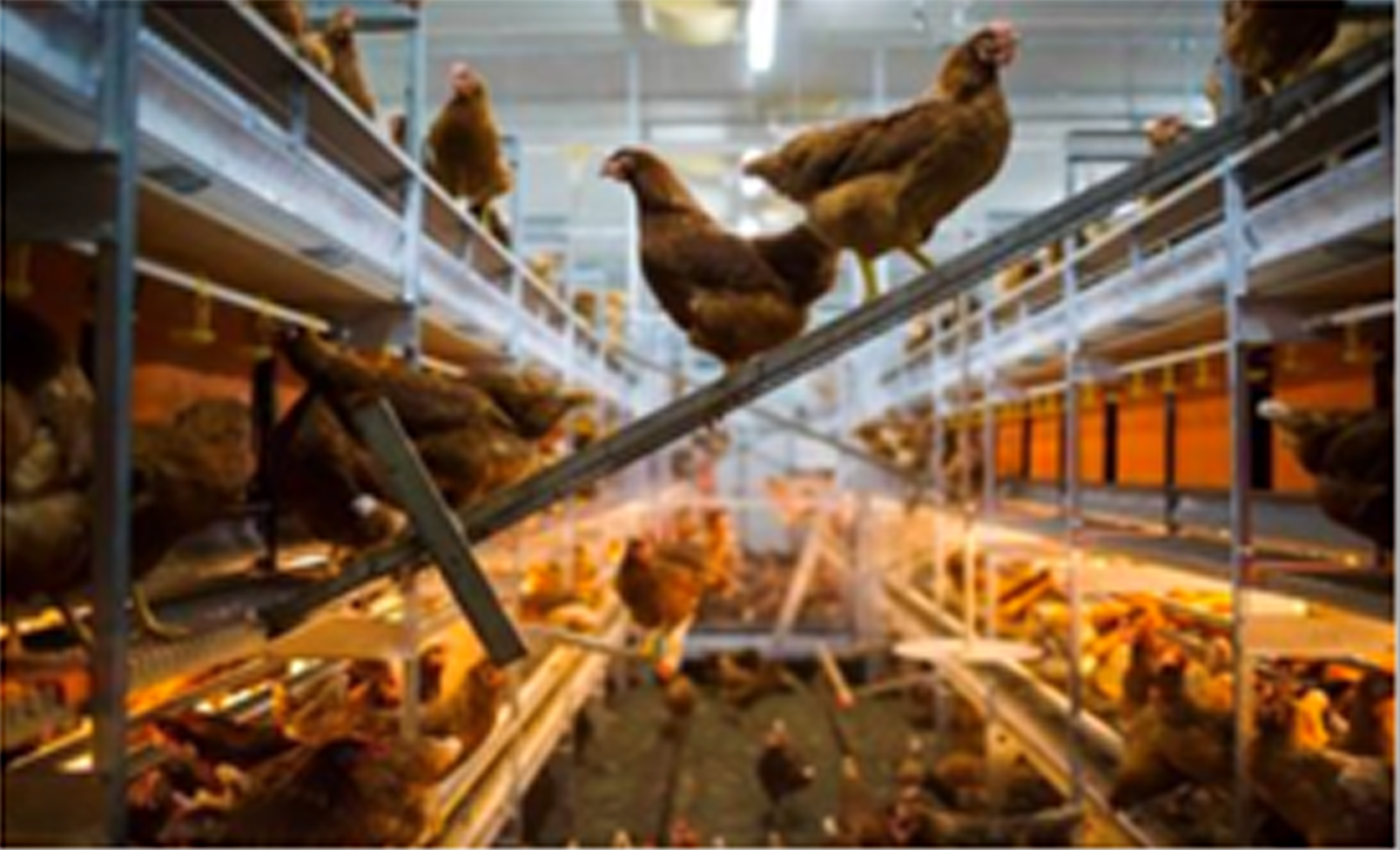
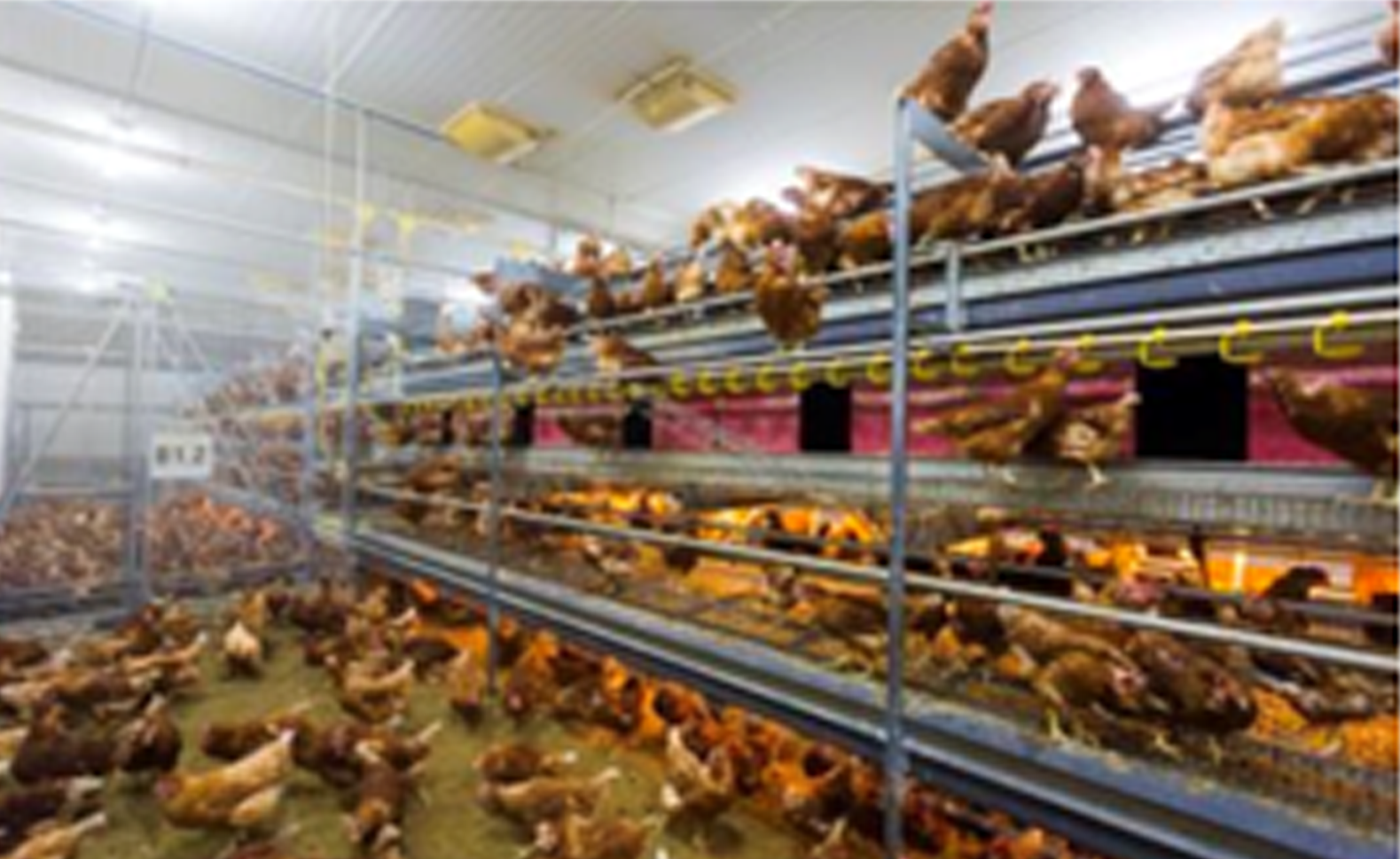
Production farming is a tricky ecosystem to manage, trying to balance productivity and efficiency with sustainability and welfare. Demands for poultry, both as meat and for eggs, continue to grow. Industry strives to meet these demands using strategies such as increasing the number of animals and/or genetic selection of birds that exhibit desirable traits. However, the costs resulting from these strategies are often paid through welfare reduction (e.g. insufficient space per individual caused by overcrowding, limited or no parental contact/care). Initiatives to improve chicken welfare such as “End the Cage Age” have been successful in putting into motion the banning the use of cages for egg-producing chickens across the EU and UK. Yet even welfare-focused movements such as this can amplify other welfare problems within the production farming system.
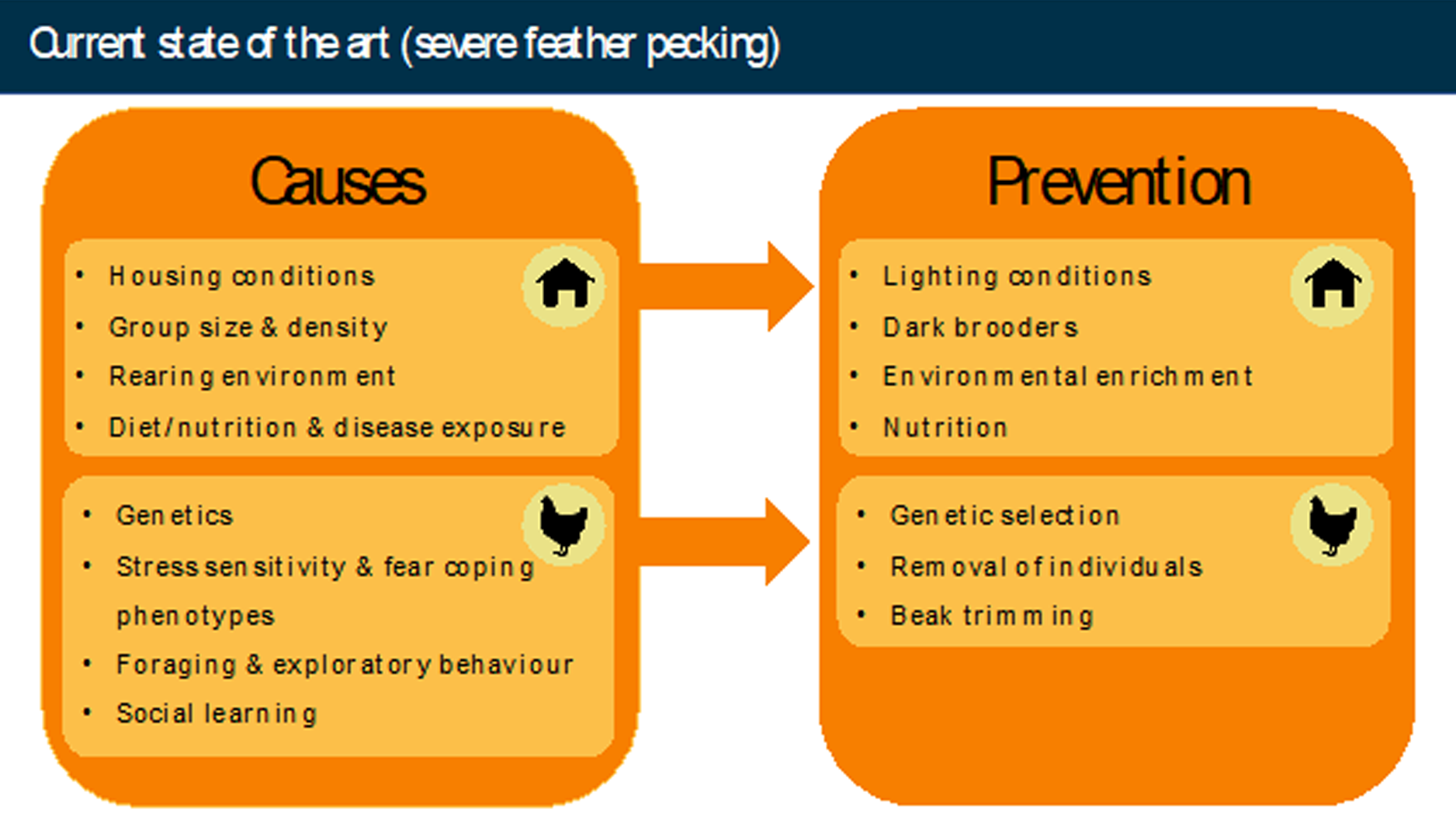
Along with bonobos, chimpanzees are the closest extant relatives of humans in the animal kingdom.
They have complex cognition, showing evidence of Theory of Mind (the ability to infer that others have mental states similar to one’s own) and displaying sophisticated tool-usage in the wild, such as using stones as hammers and anvils to crack open nuts.
Chimpanzees are much stronger than humans, about 2-4 times as strong, and their strength helps climb trees to forage and nest, living an arboreal lifestyle.
Given the remarkable memory and strength abilities of chimps, what are some enrichments that might be tailored around these skills and abilities?
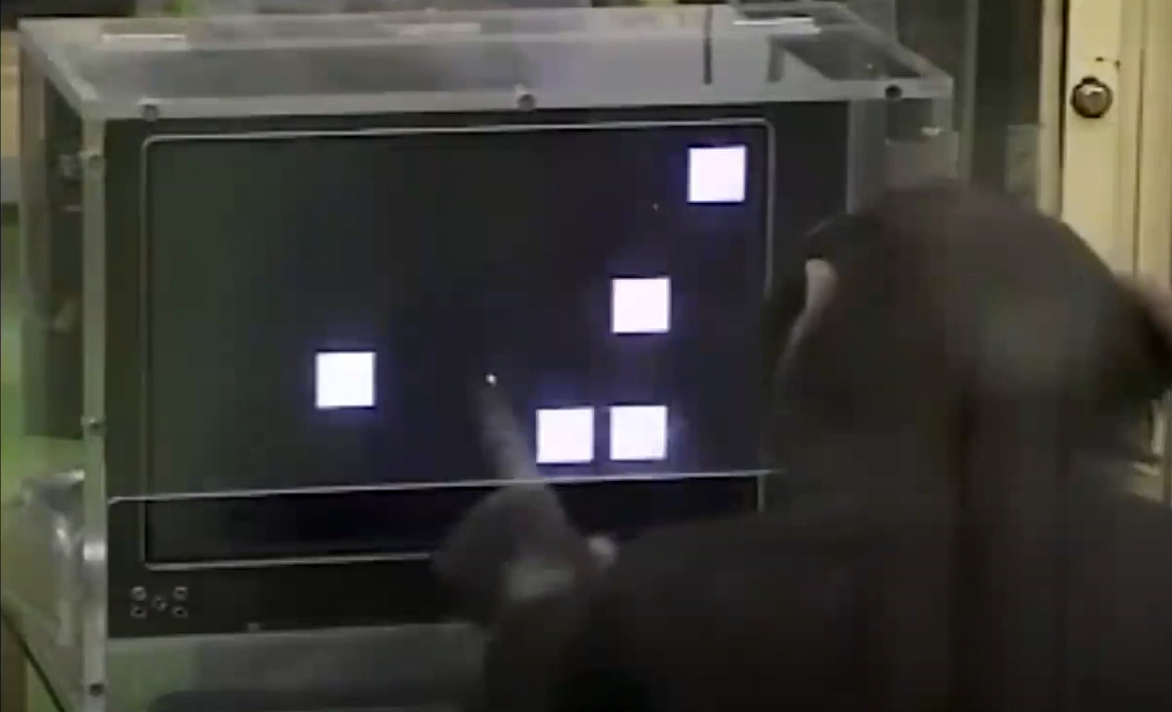
Studies have shown remarkable memorization abilities, including on tasks where they outperform humans (https://youtu.be/qyJomdyjyvM). This has led to a “cognitive trade-off hypothesis”, which posits that common ancestors of humans and chimps had superior memorization abilities which the human lineage gave up when their brains acquired language skills and processing absent in other primates, while chimp brains kept the speedy memorization and recall abilities (i.e. their brains do not do semantic processing like humans, so they can devote more cognition to rapidly memorising and recalling stimuli).

Bees are smart learners and excellent at finding sources of nectar and pollen in their environment. However, several factors in the environment can affect their learning and welfare.
Several of these factors have therefore led to problems for managed bees as well as declining and poor health of wild bees. Things to know:
We have 2 male Arctic foxes at Northumberland Zoo. They are brothers that share the enclosure full time so enrichment would serve them both. As with all canines, Arctic foxes have an excellent sense of smell which they will use to hunt and forage in the snow and other substrates. For their pounce behaviour they will also rely on their keen hearing to pinpoint the location of prey under the snow before they pounce.
They are one of our trickiest species to enrich. This is due to the fact that they ingest everything that they shouldn't and many arctic foxes have died in captivity due to ingesting foreign objects - so as you can imagine, we are extremely careful (and limited) with what we can give them.
Consequently, any enrichment cannot include fabrics, cardboard or paper as these are known to be ingested by the foxes. We look forward to hearing some ideas!
It is all outdoors with natural substrate, hills, dens and platforms. It is on a slope and there are no vast areas of open flat ground, which is one thing to bear in mind when looking at the footprint of the enrichment. There are also some small conifer trees in the enclosure however these are not mature enough yet to fix anything too. One final thing to know is there is a perimeter electric fence which acts as containment in this open top exhibit. Enrichment items must be kept clear of the electric fence so as not to affect it.
We would like to be able to recreate the behaviour of them pouncing on prey as they do in the wild, i.e. vertical pounce. In the wild, foxes listen out for underground rustles, which is how they track the location of their prey.
